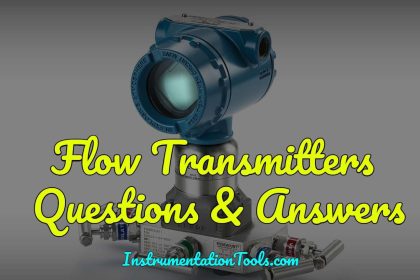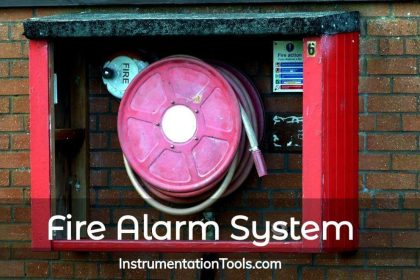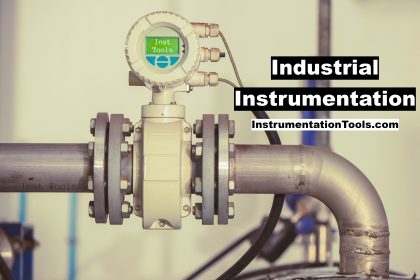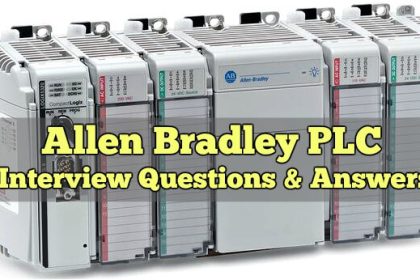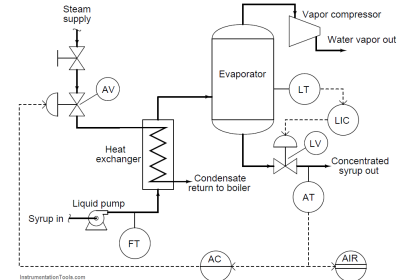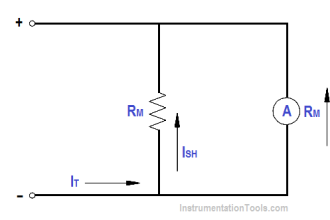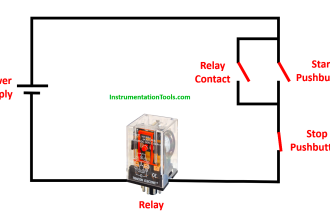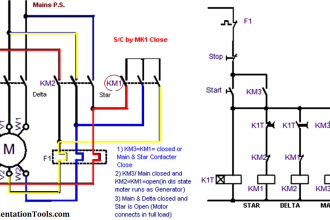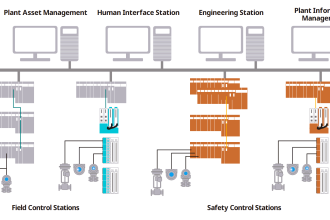This post shares the top 25 technical questions and answers on the load cell used in the industrial weighing applications.
Load Cell Questions
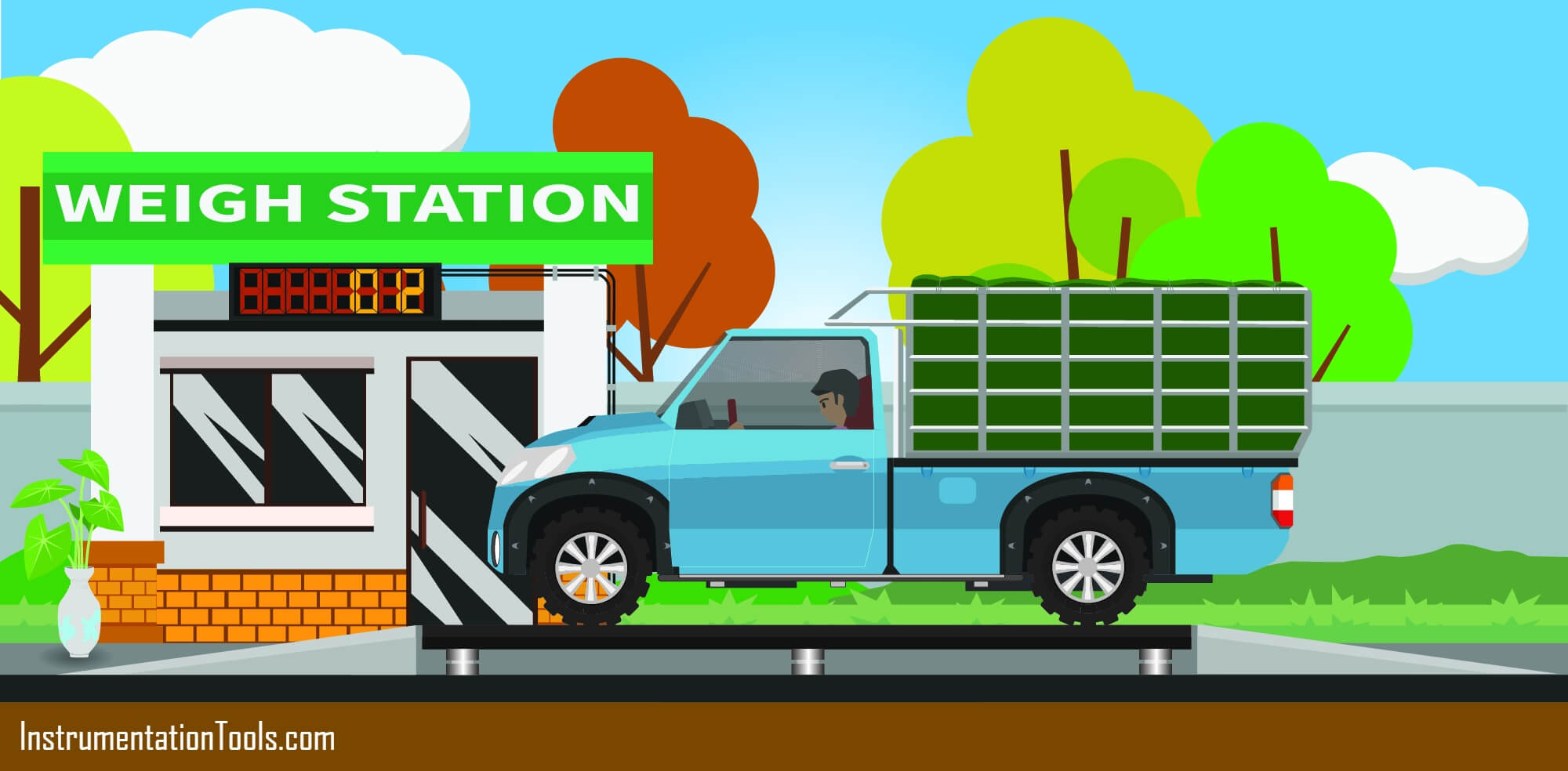
What is a load cell?
A load cell is a transducer that converts force into measurable electrical output quantity. Although there are many varieties of load cells, strain gage based load cells are the most commonly used type in all industrial applications.
Strain gage load cells dominate the weighing industry.
What is the principle of electrical strain gauge load cells?
Electrical strain gauges are based on the principle of change of the electrical resistance due to the change in the length of the metal used in the strain gauge. The formula for the resistance of a strain gauge metal is:
R = ρ L/A
Where ρ = resistivity
A = Cross-sectional area
L = Length
What is the gauge factor?
Gauge Factor is defined as the ratio between the unit change in resistance to the per unit change in length.
This can be mathematically written as,
Gf = Δ R / R divided by Δ L / L
Where
Δ R / R = per unit change in resistance
Δ L / L = per unit change in length
Gf = Gauge Factor
But the strain of an elastic material is defined as the per unit change in length, therefore
Strain, ε = Change in metal wire Length / Original Length of metal wire
= ΔL / L
So, Gauge Factor, Gf = ε (ΔR / R)
What is excitation voltage in strain gauge load cells?
The strain gauge load cell is an active transducer. Active transducers can be excited by a controlled current or voltage source. A constant-voltage excitation is used for strain sensors.
What is the sensitivity of the load cell?
It is the ratio between the out voltages to its input, which is loaded at the nominal force.
It is expressed in mV/V which means, it presents the maximum strain applied to the proof body.
How do I convert load cell output voltage to kilograms?
Every load cell comes with a calibration certificate denoting its sensitivity. This sensitivity value can be used to convert the load cell’s output signal to units of weight.
To calculate the raw output voltage of the cell relative to its rated full capacity say 100 Kgs, use the following equation:
Vout = S * VExt
The Vout = Output voltage of the load cell
S = Sensitivity
VExt = Excitation voltage.
If excitation voltage is 12 V and sensitivity is 2mV/V, the rated capacity of the load cell is 100 Kgs
Vout = 2mV/V x 12
= 24
If excitation voltage is 12 V and sensitivity is 2mV/V, if we apply a load 50 Kgs. The rated capacity of the load cell is 100 Kgs.
Vout = 2mV/V x 12
= 2 / 2 * 12
= 12
What is bonded strain gauge load cells?
Foil strain gauges are bonded on to the load cell sensor bodies using adhesive, glue, and then are connected to Wheatstone bridge arrangement.
What makes strain gauge load cells to use in industrial applications?
Strain gage load cells provide accuracies from within 0.03% to 0.25% full scale and are most suitable for almost all industrial applications.
What is a Wheatstone’s bridge? and strain gauge load cell cable color assignment?
The Wheatstone bridge is a configuration of four balanced resistors. If all resistors are balanced meaning R1/R2 = R3/R4 then Vo becomes zero. If any arm resistance changes, Vo changes.
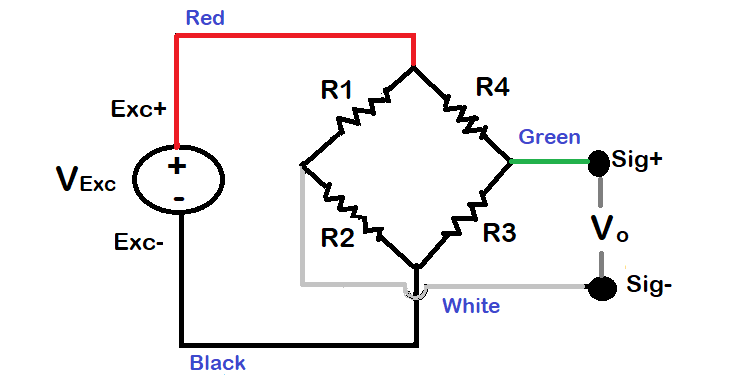
The most common color assignment is
Red for (Excitation voltage Positive) Exc+,
Black for (Excitation voltage Negative) Exc−,
Green for (Signal Positive) S+,
White for (Signal Negative) S−.
How can compensate temperature in Wheatstone’s bridge?
By using two or four strain gauges in a Wheatstone’s bridge, temperature compensation can be achieved. These are called half-bridge, full-bridge configurations.
Any changes in temperature, effect the same way on all strain gauges if mounted on the same material.
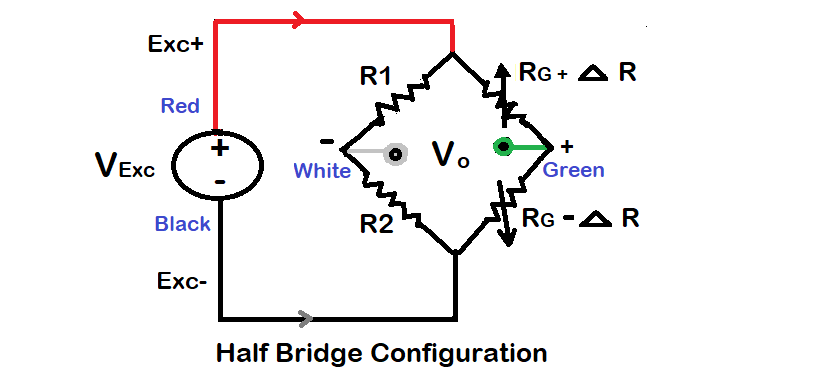
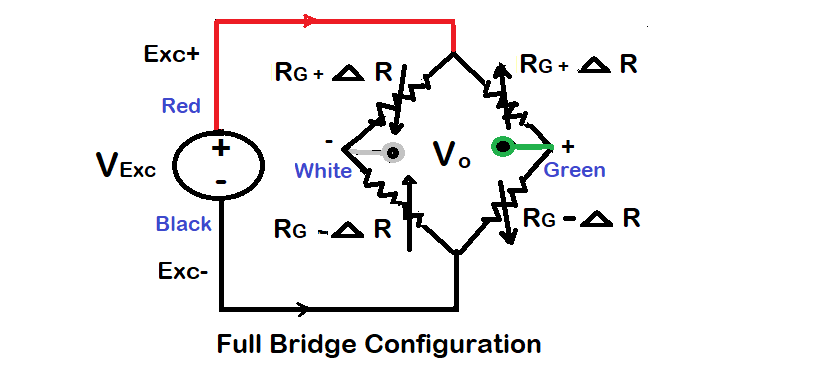
How the Load cell designs can be distinguished?
Load cell designs can be identified according to the type of the output signal generated (pneumatic, hydraulic, and electric) or distinguished according to the way they detect weight (bending, shear, compression, tension, etc.).
What types of load cells are there?
There are many different types of load cells, depending on the various applications they are designed for.
Bending beam or shear beam load cells are frequently used, for example, in platform scales.
Compression load cells, on the other hand, are usually installed under structures (containers, silos, Bins, etc.) that are loaded with weight from above and are often designed for higher loads.
In the case of tensile load cells, on the other hand, a weight is attached to the load cell. Load cells are the most important constituent of a scale, be it a platform, floor, or table scale.
Railcar weighing
How load cells are classified according to the type of output signal?
Electrical load cell (Strain gauge load cell)
Pneumatic load cell
Hydraulic load cell
How load cells are classified according to the type they detect weight?
Shear
Bending
Tension
Compression
Where do Pneumatic load cells use particularly?
For maximum exactness, the weight of the tank should be collected by locating one load cell at each point of support and summing their outputs.
Pneumatic load cells are sometimes used where intrinsic safety and hygiene are highly desired.
Where do Hydraulic load cells are used particularly?
Hydraulic load cells are considered most suitable in remote locations, as they do not require a power supply.
What are the applications of Hydraulic load cells?
Typical hydraulic load cell applications include silo, tank, bin, and hopper weighing.
Hydraulic load cells are based on force-balance devices, measuring weight as a change in pressure of the internal filling fluid 0.25% full scale or better, acceptable for most process weighing applications. Because this sensor has no electric components, it is perfect for use in hazardous areas.
What is the principle of Pneumatic load cells?
Pneumatic load cells also work on the force-balance principle.
What are the advantages of Pneumatic load cells?
Explosion-proof
Load cells are Insensitive to temperature variations.
A Pneumatic load cell does not contain any kind of fluids that might contaminate the process if the diaphragm ruptures.
What are the disadvantages of Pneumatic load cells?
Disadvantages of Pneumatic load cell:
The slow speed of response
Requires a clean, dry, regulated air or nitrogen.
What are the applications of load cells?
Force measurement
Portable weigh scales
Platform scales
Electronic weighbridge or truck weighing
Electronic crane scales
Hopper/Tank/Silo weighing
Onboard weighing
What is the Load cell accuracy, sensitivity among Pneumatic, Hydraulic, Strain gauge, and Capacitance type?
From the above figure, we can see that Hydraulic load cells are least accurate, lease sensitive and capacitance load cells are highly accurate, highly sensitive.
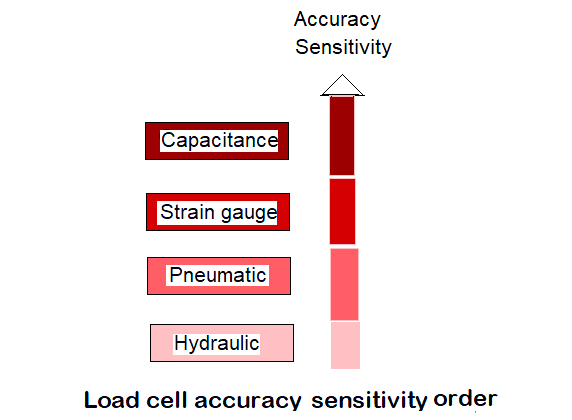
How the load cells are connected for personal scales or multipoint weight sensors?
Load cells can be connected in parallel.
The output cables of a load cell consist of two power cables (positive/negative), two signal cables (+/-), and one shield cable. There are five cables in total. In that case, all the corresponding output signal cables are joined together (Exc+ to Exc+, S+ to S+ …), and the resulting output signal is the average of the all signals from all the sensing elements.
What is the calibration procedure?
Standard calibration tests will use linearity and repeatability as a calibration guideline as these are both used to find out the accuracy.
In the case of a 60-ton load cell, then specific test weights that measure in 5, 10, 20, 40, and 60 tons increments may be used – A five-step calibration process is usually enough sufficient for ensuring a device is accurately calibrated. Repeating this five-step calibration procedure 2-3 times is recommended for true results.
What are do’s and don’ts with load cell usage?
Sudden shock or applying a sudden jerk that exceeds the load cell rated capacity for a long time will damage the load cell. However, with proper usage, maintenance, and protection, the load cell can be used for many years, without any trouble.
Shielding – prevents electrical interference and noise problems.
Reference: Wikipedia
Read Next:
- History of Instrument Signals
- Compare Fieldbus & 4-20mA
- Why 4-20 mA Popular?
- What is Live Zero in 4-20 mA?
- Loop Checking of Transmitters

